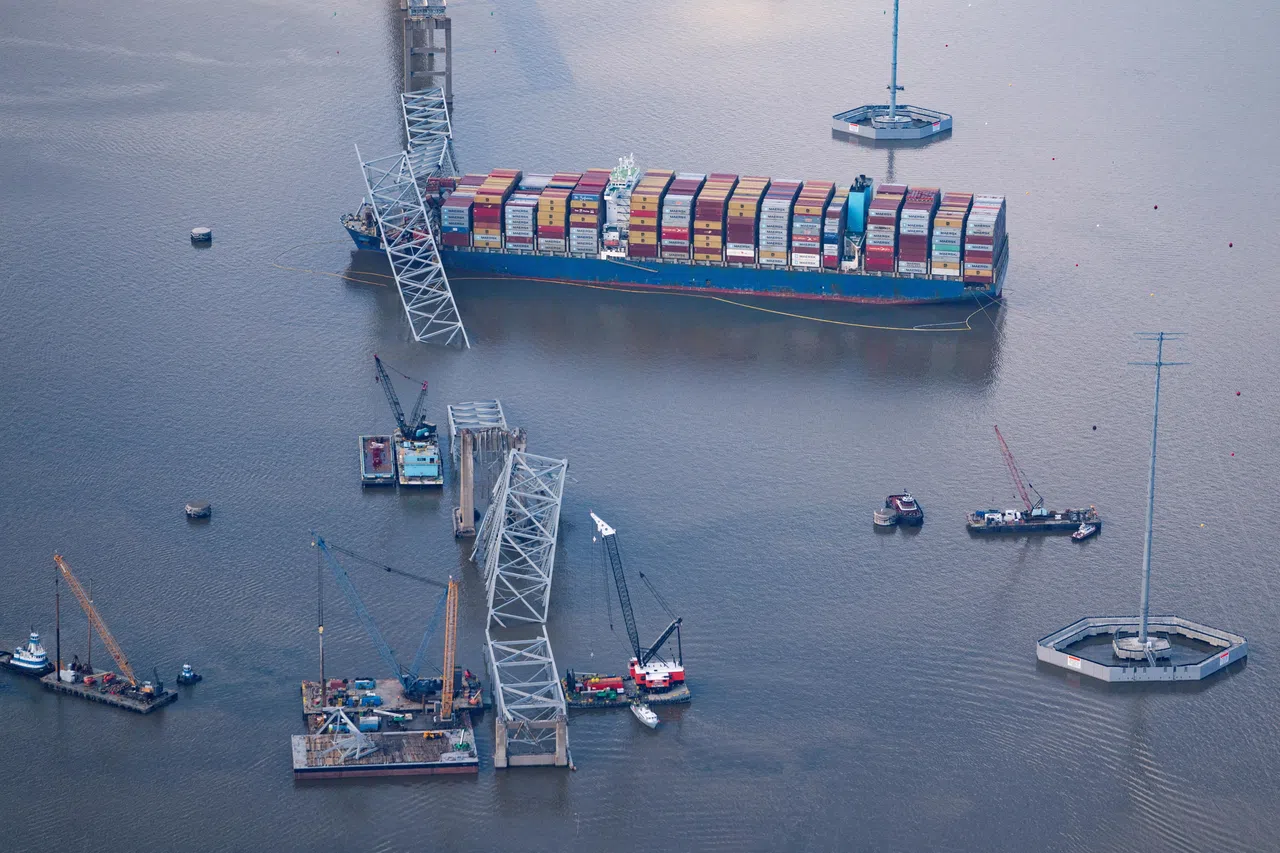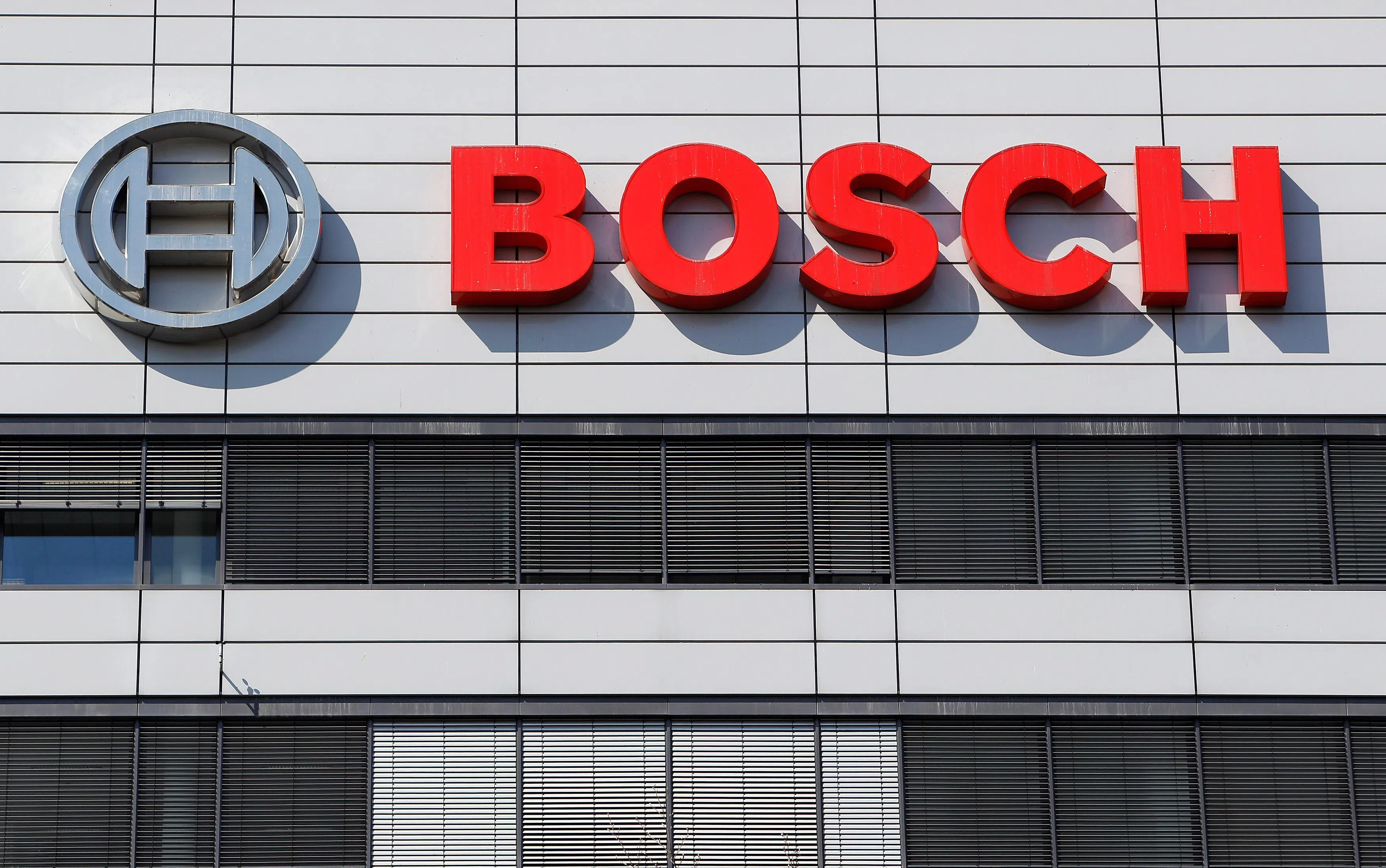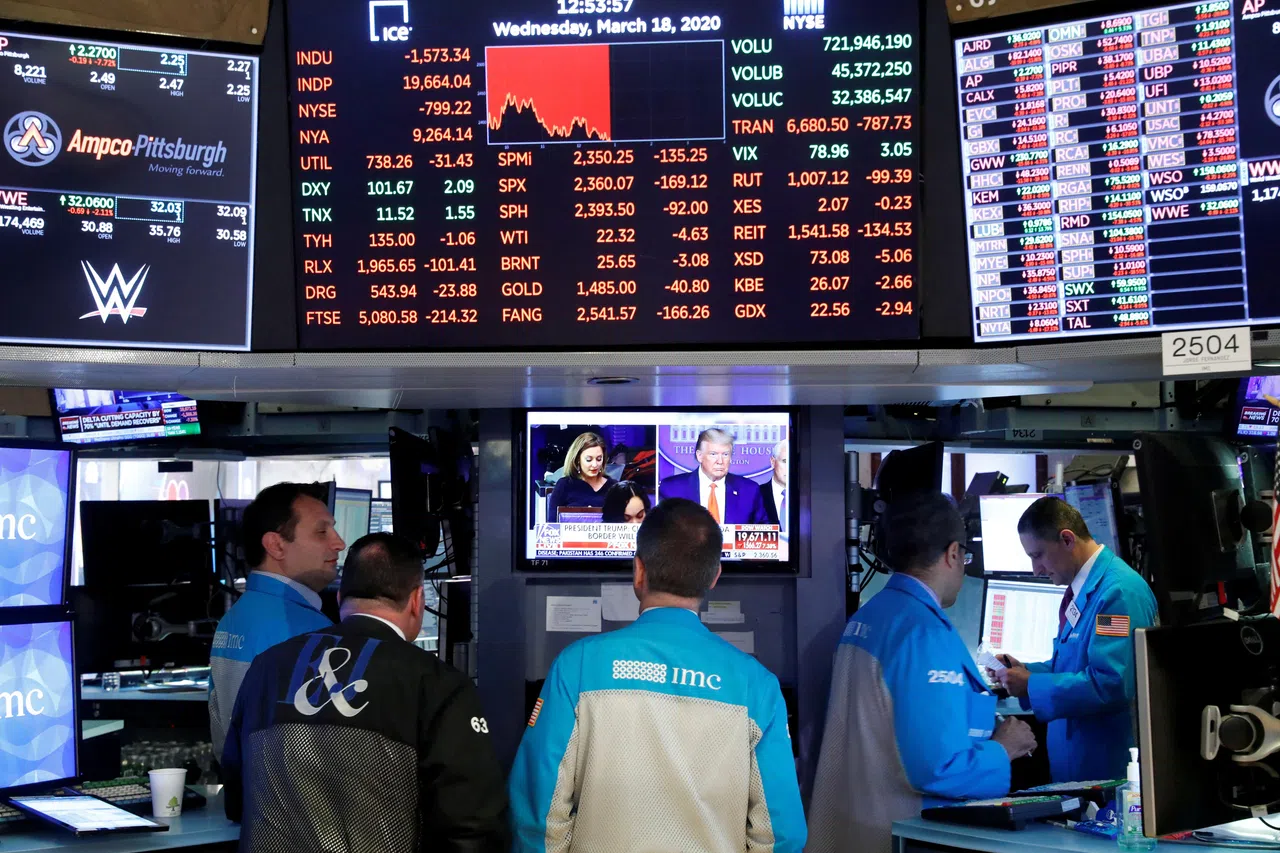THE United States filed a lawsuit on Wednesday (Sep 18) claiming over US$100 million from the Singapore owner and manager of container ship Dali, which collided into a Baltimore bridge in March.
The Dali’s owner Grace Ocean and manager Synergy Marine told The Business Times that they “have no further comment on the merits of any claim at this time, but we do look forward to our day in court to set the record straight”.
In response to BT queries, the owner and manager of the Singapore-flagged vessel said that the filing of the action by the US Justice Department was “anticipated” as all legal claims must be filed by Sep 24.
The Dali crashed into and toppled the Francis Scott Key Bridge in Baltimore, killing six construction workers and injuring two others who were working on the bridge at 1.28 am on Mar 26.
The lawsuit filed in the District Court of Maryland is seeking to recover about US$103.1 million in losses and response costs incurred, as well as federal aid to port employees who were affected by the closure of the Port of Baltimore.
“While these damages figures are based on information currently available, the United States reserves the right to amend these figures, including the addition of costs not listed above, as additional information becomes known,” said the document.
BT in your inbox
Start and end each day with the latest news stories and analyses delivered straight to your inbox.

“With this civil claim, the Justice Department is working to ensure that the costs of clearing the channel and reopening the Port of Baltimore are borne by the companies that caused the crash, not by the American taxpayer,” said Attorney General Merrick Garland in a press release.
The US government is also seeking punitive damages of unspecified quantum because Grace Ocean and Synergy Marine were said to be “outrageous, grossly negligent, wilful, wanton, and reckless” in allowing the Dali to sail “with known unseaworthy conditions”.
According to the court document filed, the US Justice Department alleged that “the electrical and mechanical systems on the Dali were improperly maintained and configured in a way that violated safety regulations and norms for international shipping”.
None of the container ship’s propeller, rudder, anchor or bow thruster worked when needed to avert or even mitigate the incident, contended the US federal government in the 53-page written claim.
The crew was alleged not to have been properly trained, managed and instructed to correctly and safely manage the ship’s electrical and mechanical systems.
In April, Grace Ocean and Synergy Marine had filed a petition in the US, attempting to exonerate themselves or limit the damages to about US$43.6 million.
They claimed that the allision (striking of a vessel against a fixed object) was not due to any fault, neglect or lack of care on the part of the two companies, the vessel, or any persons or entities for whose acts they may be responsible.
Should they be liable, the companies are asking to invoke the Limitation of Liability Act to cap the compensation at US$43.6 million – the remaining value of the ship and its freight after taking into account costs for repair and salvage.
But a law professor had pointed out that the shipowner will lose the right to limit if it turns out that the incident was caused by some unseaworthy condition of the ship.
Grace Ocean and Synergy Marine, meanwhile, did not reply to BT queries on the total value and number of legal claims arising from the incident thus far. Neither did they give an update on the sharing of the salvage costs of the cargo on board.
The owners of the cargoes that were being transported by the Dali have been asked by Grace Ocean to share the salvage costs in what is known as the “general average” maritime principle.
It stipulates that all parties involved in a sea voyage shoulder the costs of acts undertaken for the preservation of the ship and cargo from peril, with the quantum shippers have to pay proportional to their share of the cargo.







